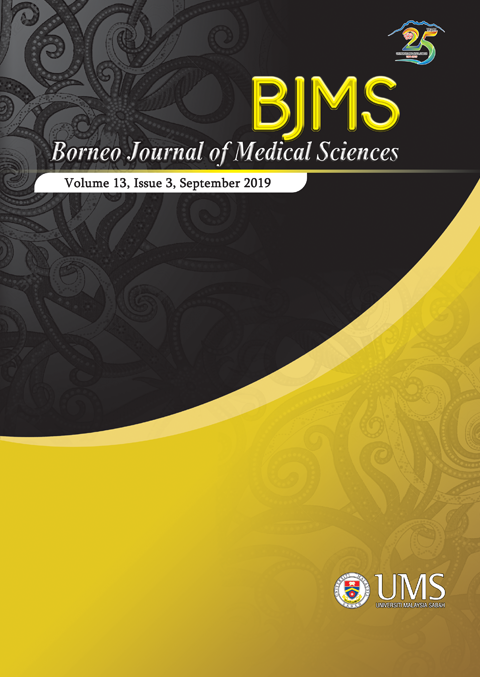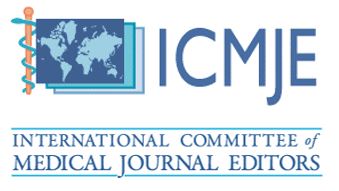Initial Trauma Database in a University Hospital in Malaysia
DOI:
https://doi.org/10.51200/bjms.v13i3.1175Keywords:
trauma, injuries, trauma severity index, data banks, registriesAbstract
Trauma is a major health problem in Malaysia. An understanding of the trauma epidemiology is important in developing a reliable trauma service. The aim of this study is to understand the pattern of trauma in our institution and to highlight the need for a dedicated trauma service. In this database, 142 cases were included. Majority were males (127, 89.4%). Most common injury types are motor vehicle accidents (87.3%) followed by falls (7.7%), and stabs (3.5%). Most Injury Severity Score (ISS) falls under moderate score with 38.7%. Mean Abbreviated Injury Score (AIS) was 3 with most involving the chest and 90% of the patients have injuries involving at least 2 regions. Average hospital length of stay (LOS) was 11.4 days ±11.5 SD; with most patients (71.8%) were discharged without permanent disability. The mortality rate was 9.2% with all having ISS>16. ISS found to be strongly related to longer hospital stay and worse outcome (0.59, p < 0.0001, 0.4, p < 0.0001). This data is equivalent to the compared registries from 4 different trauma centres. However, steps need to be taken to improve this database. In conclusion, this university hospital receives a reasonable load of trauma cases yearly which is equivalent with other trauma centres. The increasing trauma cases will benefit from an implementation of a dedicated trauma service. This trauma database needs more depth in its elements and better data handling to ensure a quality and complete registry.
Downloads
Published
How to Cite
Issue
Section
License
All articles are published under the Creative Commons Attribution-NonCommercial (CC BY-NC 4.0) license, enabling users to read, download, copy, distribute, and adapt the material for non-commercial purposes, provided proper credit is given to the original authors and the source. This model supports transparency, accessibility, and the global exchange of medical knowledge.








1.png)



